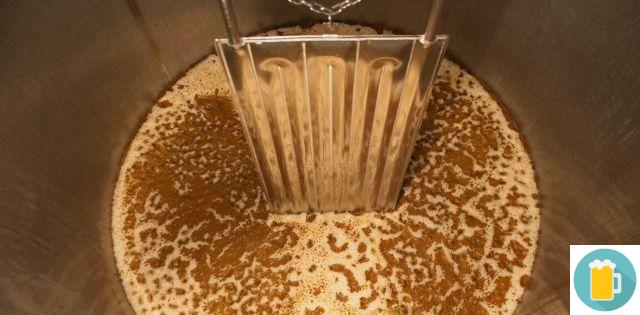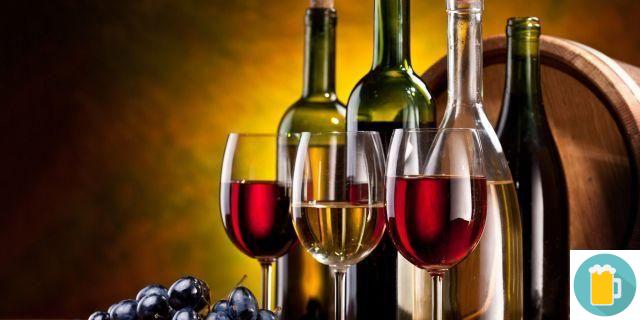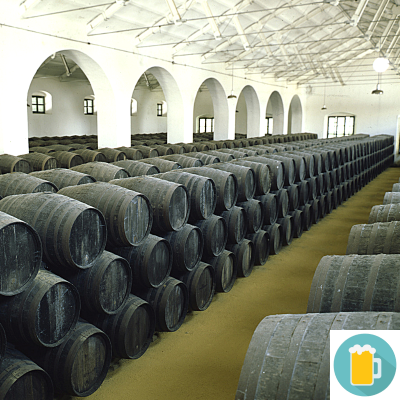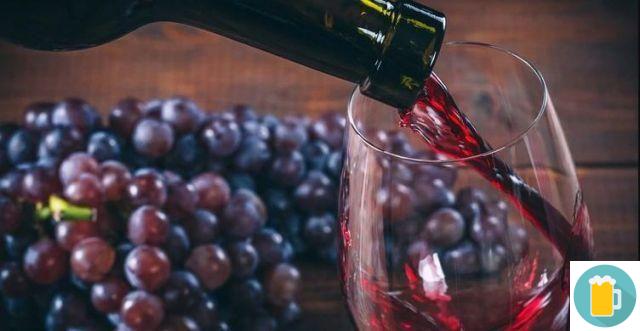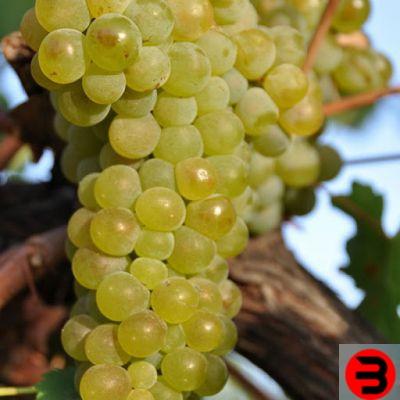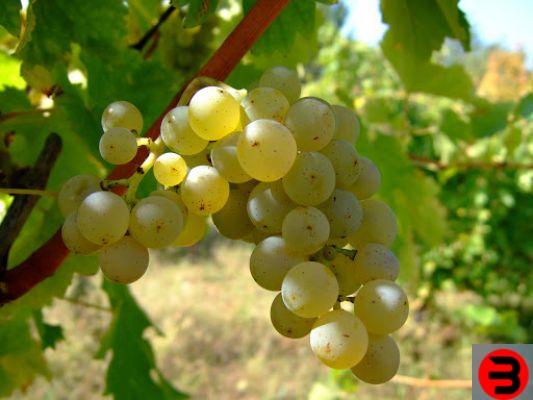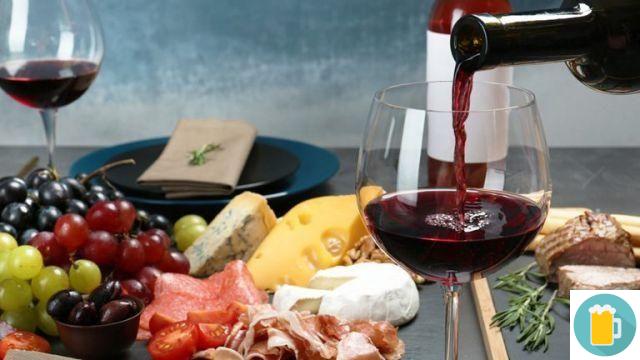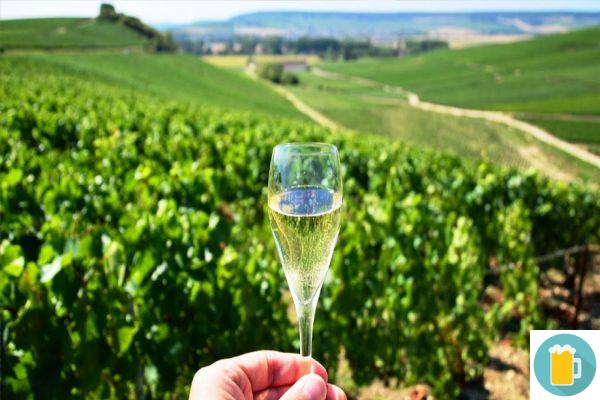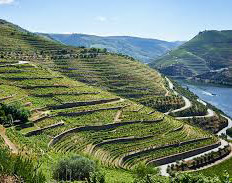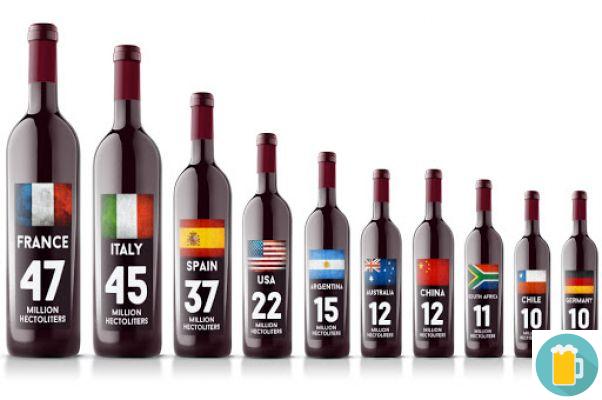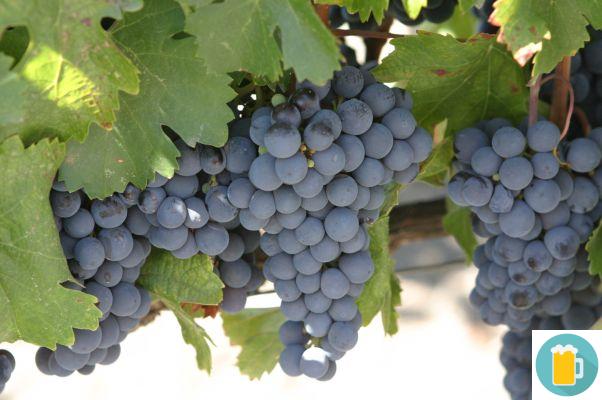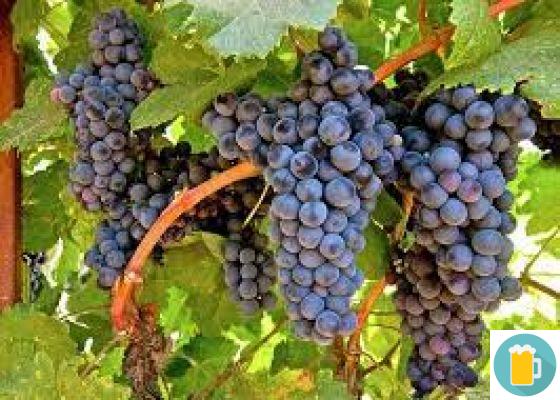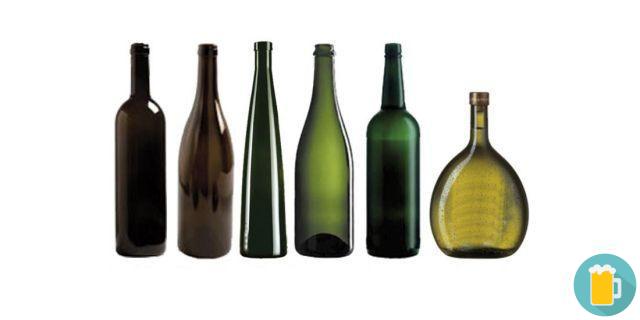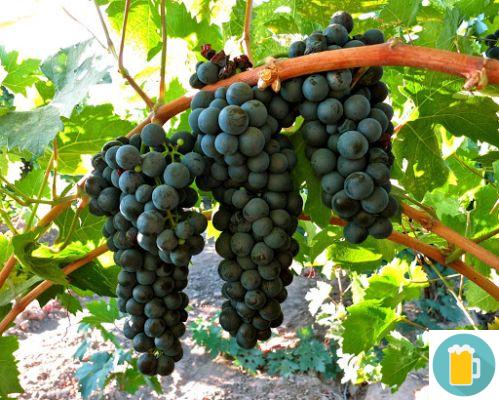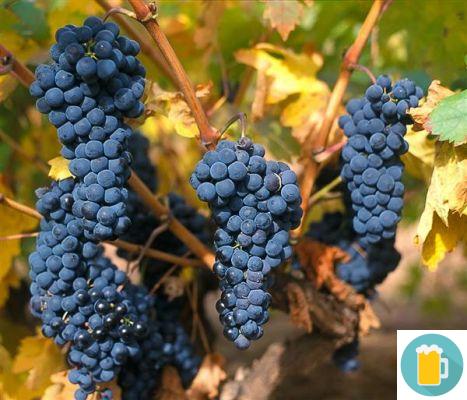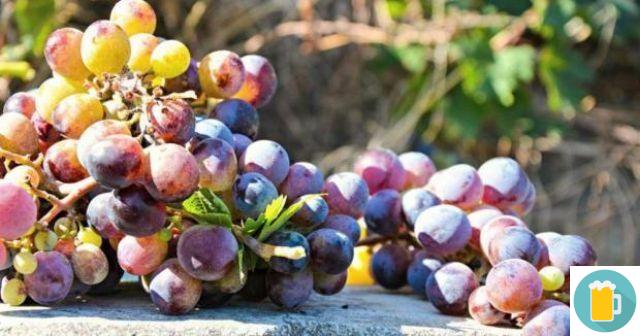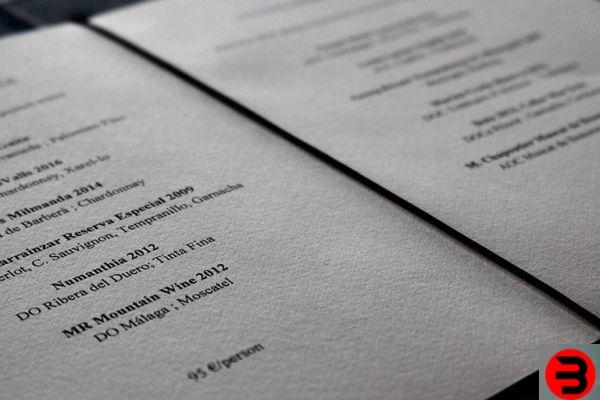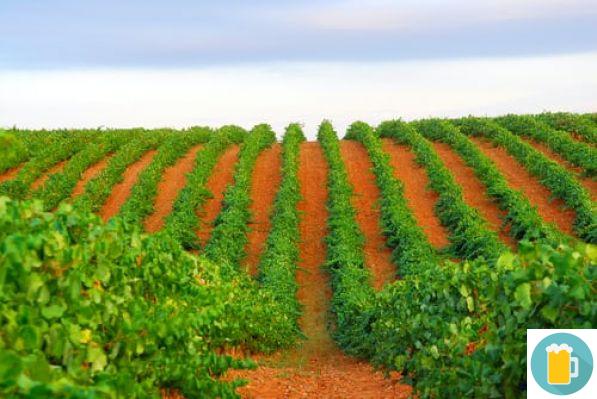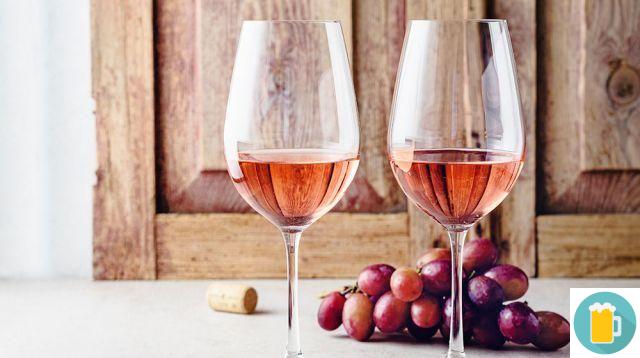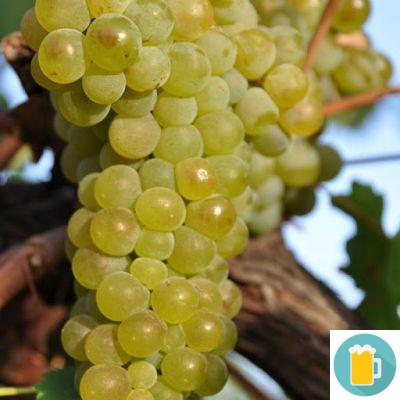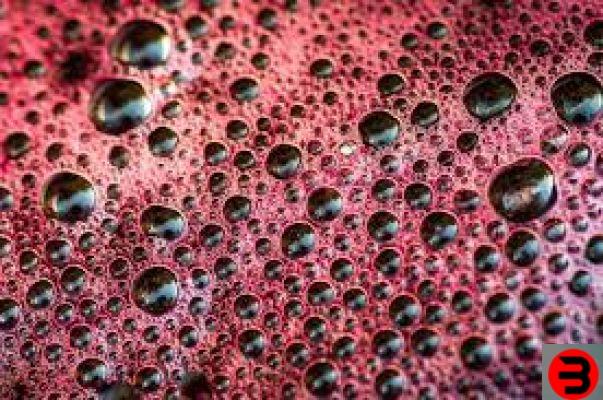The harvest and the vinification
La harvest it is the moment in which the grapes, grown in the vineyard throughout the year, are harvested and brought to the cellar to begin the process of winemaking, which with the fermentation alcoholic of sugar contained in the berries maturi will transform the must in wine. The harvest represents not only an annual event linked to work in the vineyard, but also a ritual inserted in agricultural traditions throughout Italy and has always brought with it great charm and has both historical and anthropological value, inherent in social sharing and in the territory.
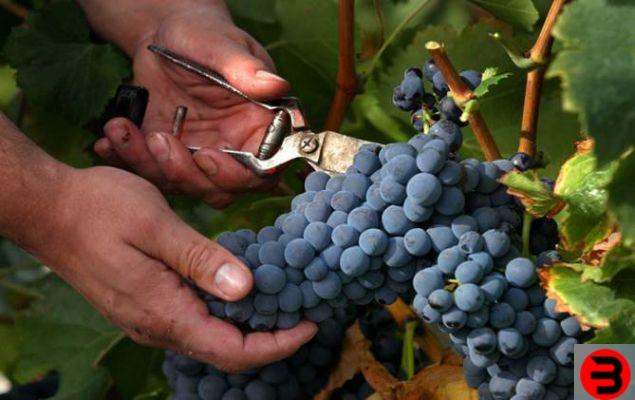
The prerequisites for the harvest
To get aideal grape to turn into wine no need to vines, optimal soils and climatic conditions, as well as correct vineyard management techniques. Everything starts fromvineyard planting, for which it is undoubtedly a priority to know the exact composition minerale and physics of Plot. The best areas are those characterized by mild and not particularly harsh winters. The growth and development phase of the screw it can last up to 4 years, after which the vineyard can be put to good use and thus obtain the first harvest. For produce a quality wine it is essential to start from a base of grapes that are at the height of the product you want to obtain. A'quality grapes first of all it means a grape integra ed free from defects e mold. In the section dedicated to viticulture we try to give a vision of how the vine is grown and how the grapes are led to maturity. Once the grapes are ripe, we move on to his collection, that is to the harvest.
What is the ideal period for the harvest?
Grapes should be harvested when they are matura. So the real question is "when can we consider a grape ripe?" According to the type of wine that you intend to produce, are taken into account different parameters to determine the ideal period of the harvest. We must not forget that the determination of the harvest period also varies from the state of health of the grapes, which must allow to prolong their ripening until the ideal moment established on the basis of the criteria expressed below.
Technological maturation
La technology maturation it is the optimal moment for the harvest and transformation of the grapes, identified through the measurement of the concentration of substances decisive for the success of winemaking. You search for the best ratio between the concentration of sugars and acids in grapes. As maturation approaches the sugars in grapes increase and acids decrease, especially the malic, the most harsh and aggressive. If you want to get a must richer in fixed acids, such as for many White wines, in particular if intended for the sparkling wine, the grape harvest comes a little early. If you want to get a must richer in sugars, from which to obtain wines with a higher alcohol content, it is necessary let it mature for longer the grapes before harvesting them.
The quantity and type of polyphenols present in the grapes instead it is the value to consider when searching phenolic maturation. THE polyphenols are substances present in the peel of the berries and in the seeds. To this class depend the tannins, the flavones he Anthocyanins, responsible among other things also and above all for coloring of Red wines. If the grapes are let it ripen a little longer, increases the phenolic component which contributes to making the wine more structured and rich in tannins. There phenolic maturation represents the moment in which the concentration of these substances in grapes is at its maximum. An even later harvest would imply a decrease in the substances that make the colore full and compact.
The aromatic ripening
- varietal aromas present in some grapes (called aromatic) are determined by substances that belong mainly to the group of terpenes. The accumulation of aromatic substances in the skins tends to increase during aging, and then decrease if this is prolonged. The search for greater richness in aromatic substances determines the aromatic maturation of grapes.
The grape harvest and the grape harvest
Le uve must arrive in the cellar intact and healthy, without crushing the grapes which could cause unwanted spontaneous fermentation. They basically exist two approaches to the harvest, That manual and that mechanized, the choice between which depends essentially on the cost / benefit ratio based on the product to be obtained in relation to the surface and the cultivation conditions of the vineyard.
Manual harvest
La manual harvest it's done by man, cutting the clusters from the peduncle with the appropriate scissors and placing them in baskets or small boxes containing a maximum of 15-20 kilos. During the harvest, attention is paid to quality of the bunches, discarding those attacked by mold, or in any case with obvious defects, so as not to contaminate the must and therefore the wine. The boxes will finally be transported to the cellar where the grapes come from crushed and de-stemmed, obtaining the must that will become wine. Particular situations such as the slope of the land or system of breeding employee (e.g. le pergolas) may make it essential to use the manual harvest. Furthermore, the area affected by the collection also plays its role. Small vineyards would not justify the use of sophisticated, expensive and bulky equipment.
Mechanized harvest
The harvest can also be mechanized, using grape harvesting machines. These machines are equipped with a "harvesting head" which is free to move and continuously adapts to the changing arrangement of the stumps avoiding damage to the vegetation. Devices called "shakers" provide for the detachment of the grapes, imparting a "shaking" which can be vertical od horizontal, up to causing the detachment of the stem of the bunches from the plant and causing them to fall on the receiving devices. The picking height, number, width, frequency, distance and acceleration of the beaters are adjusted manually or automatically from the driver's seat. The receiving devices ensure that the grapes are conveyed to the side conveyor belts. The conveyor belts bring the product to the storage tank, while the vacuum cleaners separate any foreign materials from the grapes.
Cleaning and selection of grapes
For quality productions it is necessary separate suitable grapes from those altered or from materials other than bunches such as leaves, shoots and harvest residues (especially in the case of mechanized harvesting), which could cause the addition of undesirable substances in the must or wine. There selection happens o Manually with the help of devices such as vibrating sorting tables, or also automatically means optical identification sorting devices, able to treat large quantities of grapes such as those deriving from mechanized harvest. After selection, the grapes are sent to the winemaking.
Manual sorting of the grapes
The most common manual grape sorting systems are gods vibrant tables, devices in steel in which a tray of variable length is mounted on a support frame equipped with shock absorbers and set in vibration by two motors in resonance with each other. The sorting tables or mats must have adjustable height and the possibility of inclination (10-20%), which is particularly important for a good separation of the draining must. At these tables, the selection of the grapes is done manually by man on the basis of quality criteria according to the wine to be obtained.
Automatic grape selection and sorting systems
With the spread of the mechanical harvesting of the grapes have developed different solutions of automatic sorting, mainly intended for cleaning and selection of the grapes coming from this, both de-stemmed and not de-stemmed. In many cases the destemmer is mounted on board the grape harvesting machine, therefore the sorting is applied in these cases to the selection of the grapes rather than the bunches. The automatic cleaning and sorting devices exploit different principles, from the action of separating the compressed air linked to the different weight of berries and plant residues, to the different density of the grapes intact compared to those attacked by mold, up to the color of the grape in systems of optical sorting more advanced.




